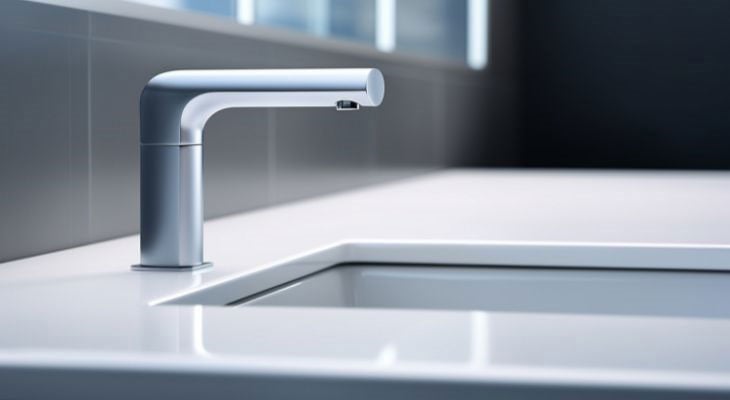
How Does a Touchless Bathroom Faucet Work
How a Touchless Bathroom Faucet Works
Touchless bathroom faucets use infrared sensors to detect motion in front of the faucets. Once the sensors detect the presence of a person, a signal is sent to a solenoid valve that opens up to allow water to flow. Once the individual moves away, the sensors detect the absence of movement and send a signal to stop the water flow.
Touchless bathroom faucets usually derive power from a couple of sources. The primary source is often an AC power supply, which is connected directly to the building's electrical system. Alternatively, some models are powered by batteries, particularly in scenarios where there is no readily available electricity supply or for added portability.
The Benefits of Installing Touchless Bathroom Faucets
By installing touchless bathroom faucets, you can expect several benefits for your commercial space. Firstly, they promote hygiene since the repetitive motion of turning on and off the faucet is eliminated. This reduces cross-contamination in a high-risk environment and slows the spread of illness throughout your building, protecting occupants and visitors alike.
Secondly, touchless faucets help conserve water by controlling the amount of water used for each handwashing event. Thirdly, these faucets reduce the water flow rate compared to regular faucets, thereby reducing energy and water bills. Finally, they help in reducing maintenance costs since they are automated, preventing any damage to the valves or knobs.
Helpful Automatic Faucet Maintenance Tips
The importance of maintaining touchless bathroom faucets cannot be overstated. This includes regular cleaning to retain their hygienic properties and also prevent them from malfunctioning. It is recommended to clean the sensors regularly, as the oil, dirt, and soap residue can accumulate on the sensor casings, resulting in poor sensing performance. Additionally, regular inspections should be carried out to check for signs of wear and tear, such as loose screws, leaks, and malfunctioning sensors.


